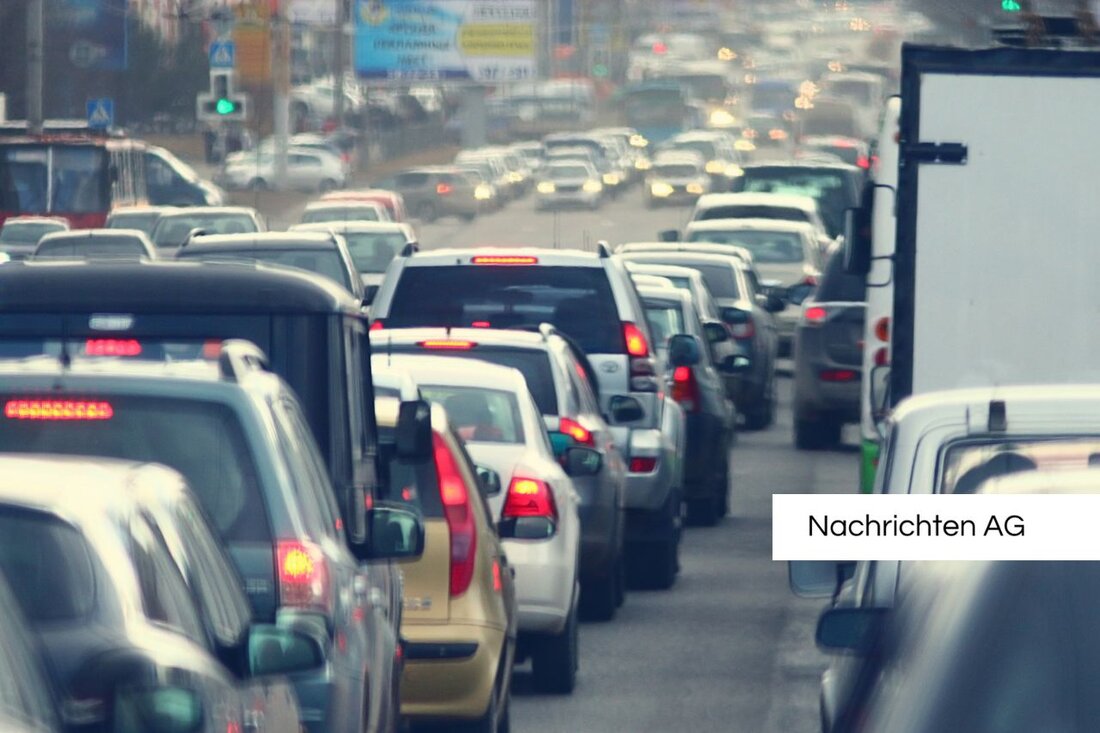Alarming plastic flood: garbage under Hawaii's beaches endangered!
The examination of the plastic waste on Hawaii's beaches shows alarming results and illustrates the urgency of global agreements for plastic insulation.

Alarming plastic flood: garbage under Hawaii's beaches endangered!
Among the beaches of Hawai, an alarming amount of plastic waste was discovered, which not only threatens the beauty of nature, but also causes serious ecological damage. An investigation showed that astonishing 91 percent of the plastic waste was below the beach surface, especially at a depth of between 60 and 90 centimeters. These findings are similar to those of researchers on beaches in the Azores, Brazil and Russia, which are also faced with the problem. The plastic waste that the waves and the wind bring to the beaches often comes from distant regions and is part of a much bigger problem that affects the North Pacific, including a 1.6 million square kilometer "plastic waste continent".
Investigations also show that 92 percent of the plastic waste found is unstable, which indicates the effects of sand shifts and environmental influences. Unstable plastic waste is slightly disintegrated to microplastics, which not only damages the marine environment, but also harbors health risks for human population. The urgency for reducing plastic waste and garbage collections on beaches is higher than ever, especially in the context of the upcoming UN Ocean Conference, which takes place in Nice and is expected from the government representative from 130 countries as well as activists and head of corporate. Kleine Zeitung
global efforts in the fight against plastic waste
parallel to the shocking finds in Hawaii, there are efforts worldwide to tackle the growing problem of plastic pollution. In this context, UN Member States from November 25 to December 1, 2024 in Busan, South Korea, meet for the final round of negotiations on a comprehensive global plastic agreement. This agreement is intended to demand the end of plastic pollution and is supported by various organizations such as OceanCare, which require a strong contract to limit plastic production and to protect the oceans.
researchers have demonstrated the harmful effects of plastic on sea creatures such as whales and dolphins that often confuse plastic waste with prey. In addition, microplastics were even demonstrated in the breathing air of dolphins, which underlines the questionable consequences of plastic pollution. Ocancare emphasizes the urgency of a comprehensive agreement that regulates the entire life cycle of plastic and at the same time criticizes the influence of petrochemical and plastic industry on the contract text, since some effective suggestions for the containment of the pollution have been deleted. During the negotiations in Busan, OceanCare will be on site to stand up for an effective agreement. Oceancare
plastic waste worldwide: a growing threat
However,plastic waste is a central problem in dealing with waste worldwide. In 2022, around 400 million tons of plastic were produced globally, with an increasing trend. In Germany alone, around 14 million tons of plastic were produced, with around 13 million tons exported and 9 million tons were imported. Around 29 million tons of plastic waste emerged in Europe, with an average of around 36 kg of plastic packaging in the EU countries per inhabitant. Germany is about 39 kg per capita above the EU average.
Much of the plastic waste comes from retail, especially through packaging waste. The most common plastic waste on EU beaches include plastic lids of disposable drinks. In order to counteract the garbage problem, the EU and various countries have come into focus, packaging-free shopping and recycling strategies. The EU has also issued a disposable plastic guideline that prescribes tethered caps to contain plastic pollution.

 Suche
Suche
